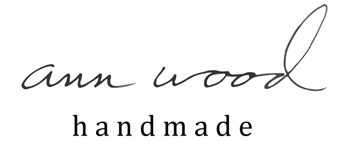
A farmhouse plate rack for her perfectly mismatched heirloom china. It’s easy and quick to make and it might be the sweetest thing in the world. A new miss thistle society project is a perfect way to celebrate the 6th anniversary of the sewing pattern.
There has been major progress and one big set back in miss thistle’s cardboard house. The blue and white combination for the stamped walls was fine. I just didn’t love it. When I tried to paint over it the stamp pad ink ran and smudged and bled through. Relentlessly.

What finally fixed it was a wash of orangey/brownish paint that neutralized the weird blue and made a perfect variegated background for re-stamping with a more teal blue. The result feels just right. I can feel many generations of thistle women in this little room.


*This post contains affiliate links, meaning I get a small commission if you purchase through the link. Links are highlighted and marked with an asterisk.
Let’s make the plate rack. It’s super easy and you could use the same technique to make all sorts of tiny shelves. And it’s quick, less than an hour except for drying time.
tools and materials
Please read through all the instructions before beginning
- scissors
- paintbrushes
- wax paper
- popsicle sticks – *find them here
- wood coffee stirrer
- optional – miniature clothespins – so cute – *find them here
- wood glue
- fine sand paper
- light weight cardboard
- paint

1. You need 9 popsicle sticks, 1 coffee stir stick, a piece of light cardboard and – optional- 1 mini clothespin. Use scissors (that are not your favorite scissors) to trim the popsicle sticks. Measure carefully and make the cuts as straight as possible. Also use caution- the ends you trim will go flying. Note– if your sticks break your scissors are too dull.
2. Cut 7 sticks to 3 and 3/8th inches and 2 sticks to 2 and 1/4 inch.
3. Cut one piece of cardboard to 3 and 1/2 inches X 2 and 1/4 inches

4. Trim one corner on each of the short pieces to round it. Lightly sand the edges of all the cut pieces.
- 5
- 6
5. Place wax paper on your work surface and paint wood glue onto the top half inch of the cardboard.
6. Press one of the longer pieces into the glue – centering it on the cardboard along the top edge.
- 7
- 8
7. Paint another half inch of glue below the first stick and add another – pressing it firmly against the first stick. Repeat with another stick so you have 3 sticks glued down..
8. Apply a strip of glue right under the third stick.
- 9
- 10
9. Press the edge of the fourth stick into the glue – perpendicular to the other sticks. Hold it for a minute or two to let the glue set a little. This will be your top shelf.
10. Apply a half inch of glue and press the next stick flat below it – pressing it firmly against the edge.







































































































































